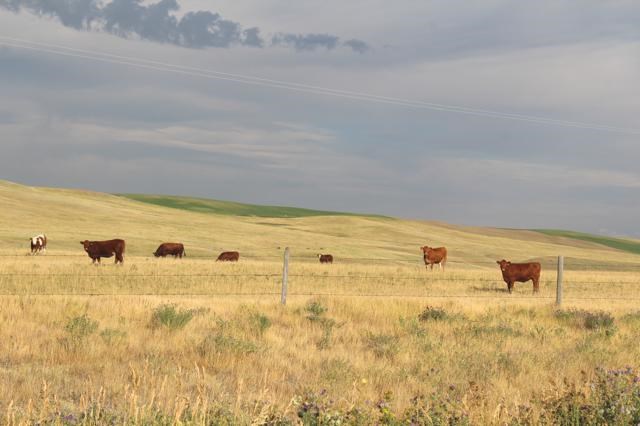Crops are developing quickly but normally in much of the province, Saskatchewan Agriculture reported for the week of July 11 to 17.
For this time of year, 71 per cent of the fall cereals, 62 per cent of spring cereals, 61 per cent of oilseeds and 70 per cent of pulse crops are at their normal stages of development. Fall cereals are 24 per cent ahead and only five per cent behind development. Spring cereals are only nine per cent ahead and 29 per cent behind development. Oilseeds are just seven per cent ahead and 32 per cent behind development. Pulse crops are 14 per cent ahead and 16 per cent behind development. Many areas in the province remain very dry and crop conditions continue to decline due to hot temperatures and lack of rain.
“This year crops are not as plentiful as last year,” stated Shannon Friesen, provincial crop specialist. She added that high temperatures and strong winds have reduced yields to average levels and yields in the south are expected to be below average.
Last year at this time, another week of heavy rain caused localized flooding in many areas. Crops were lodged and under excess moisture stress. High humidity and frequent showers continued to delay haying, although hay yields were above average overall.
Across the province for the reporting period, livestock producers now have 20 per cent of the hay crop cut and 59 per cent baled or put into silage. Hay quality is rated as 13 per cent excellent, 54 per cent good, 26 per cent fair and seven per cent poor. Many hay swaths are significantly smaller than normal and hay will be in short supply this year in some areas. Hay yields are below average overall. Estimated average dryland hay yields for the province are 1.2 t per acre for alfalfa, 1.0 t per acre for alfalfa and bromegrass, 0.96 t per acre for other tame hay and 1.4 t per acre for greenfeed. Estimated average irrigated hay yields are 1.9 t per acre for alfalfa, 2.0 t per acre for alfalfa and bromegrass and 1.8 t per acre for greenfeed.
Pasture conditions continue to decline due to the lack of rainfall. The majority of the province received very little, if any, rain this past week. However, the Pelly area reported receiving 60 mm. Many areas have not received any significant rain for a number of weeks.
Topsoil moisture is quickly deteriorating and rain is needed for crops to fill and for topsoil to be replenished. Across the province, topsoil moisture on cropland is rated as three per cent surplus, 32 per cent adequate, 43 per cent short and 22 per cent very short. Hay land and pasture topsoil moisture is rated as three per cent surplus, 26 per cent adequate, 37 per cent short and 34 per cent very short.



